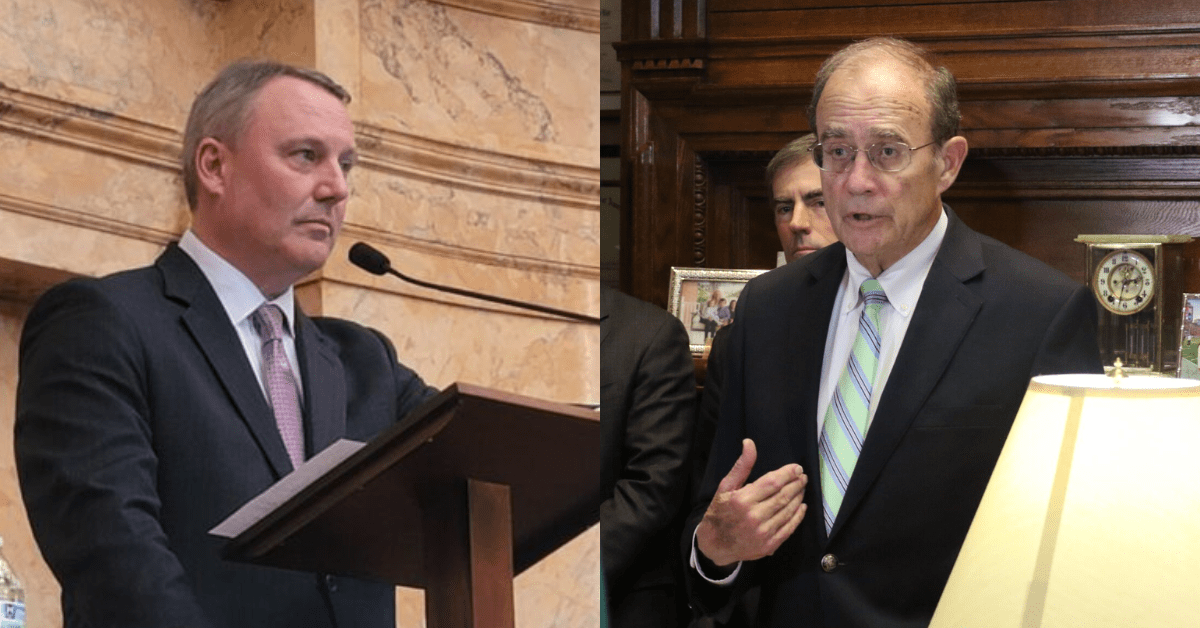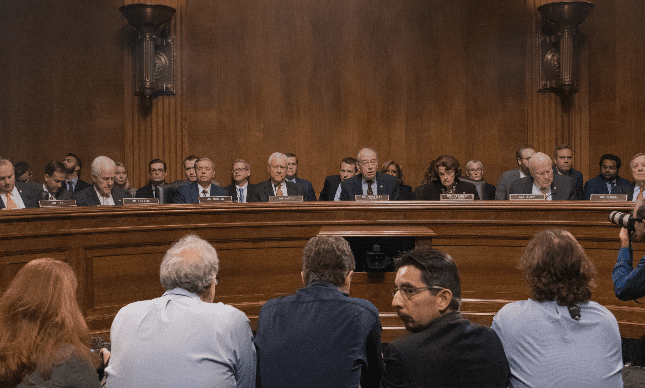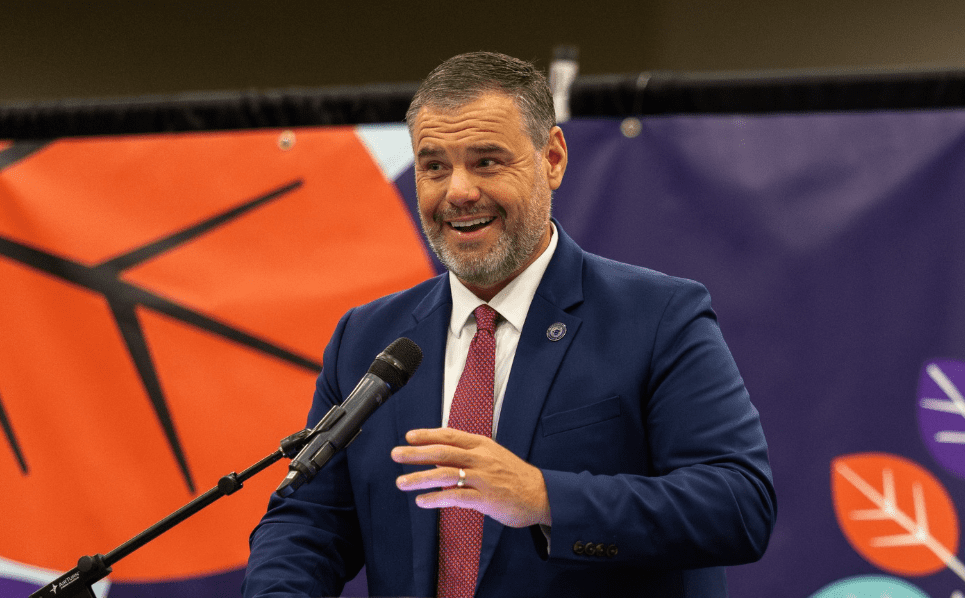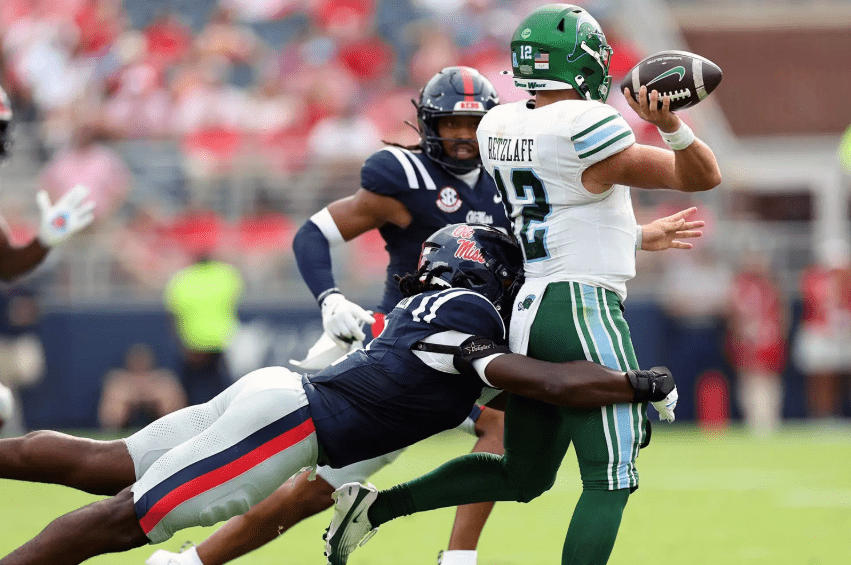
By: Sid Salter
The Parkland, Florida school shootings brought the nation’s sharpest and most painful political debate back to the forefront – pro-gun versus anti-gun. For most engaged in that debate, there is no middle ground.
The National Rifle Association and their most zealous political supporters demand absolute individual gun rights with no limitations, no exceptions, and no tolerance of any American right trumping or superseding the Second Amendment. Likewise, anti-gun zealots like The Brady Campaign envision a world with few legal guns anywhere.
The Florida school shootings brought both groups – with grieving families between them – together for another renewal of the nation’s gun debate. The problem is that with each national tragedy – played out in senseless mass shootings in schools, universities, businesses, outdoor festivals and various other venues limited only by the imaginations of madmen and madwomen – the national gun debate becomes more entrenched and embittered. Neither side is willing to give an inch.
The stalemate makes me miss one U.S. Supreme Court justice that it was my privilege to meet and converse with who seemed to understand America’s gun debate better than most of his colleagues on the nation’s highest court. Conservatives loved the late Supreme Court Justice Antonin Scalia just about as much as liberals despised the jurist.
An appointee of President Ronald Reagan, Scalia was a lightning rod for criticism of the conservative side of the court. And on the issue of guns, liberals were particularly outraged over the landmark 2008 Heller case in which Scalia wrote the majority opinion.
In District of Columbia v. Heller, Scalia’s opinion held that gun rights did not inure only to those in a “well-regulated militia” as anti-gun forces argued but to individuals – which affirmed the pro-gun arguments in the case.
But Scalia also wrote something else in the Heller decision that the NRA didn’t applaud: “Nothing in our opinion should be taken to cast doubt on longstanding prohibitions on the possession of firearms by felons and the mentally ill, or laws forbidding the carrying of firearms in sensitive places such as schools and government buildings, or laws imposing conditions and qualifications on the commercial sale of arms.”
Scalia would also assert the belief that “like most rights, the right secured by the Second Amendment is not unlimited” and that it is “not a right to keep and carry any weapon whatsoever in any manner whatsoever and for whatever purpose.”
As noted last week, the gun debate still continues in Mississippi and the school shootings in Florida put Mississippians back in their familiar camps – which is ironic in that Mississippi years ago was one of the first states upon which the scourge of senseless school shootings was visited.
It was back in 1997 when Pearl, Mississippi was the scene of a school shooting tragedy that began very much like the Parkland, Florida event. Luke Woodham, then 16, shot and killed two students and wounded seven other after stabbing his mother to death in their home. Newtown, Connecticut shooter Adam Lanza followed the same pattern in 2012, but was armed with more sophisticated automatic weapons.
Scalia loved Mississippi and spent a lot of time here. First and foremost, he was intrigued by Mississippi’s woods and waters. He loved to turkey hunt, more often than not with the family of retired U.S. 5th Circuit Court of Appeals Judge Charles Pickering in Jones County.
But he also was genuinely fond of the people he met here. Scalia’s affinity for Mississippi had to have been more than an affinity for hunting and fishing. The jurist spoke multiple times at Mississippi State University, appeared along with Justice Elena Kagan at Ole Miss, at William Carey University, and the University of Southern Mississippi.
One memorable Scalia visit to our state was at the Mississippi Arts Pavilion in Jackson on March 31, 2001, the day King Juan Carlos I and Queen Sophia of Spain paid a royal visit to Mississippi for a private tour of the state’s “The Majesty of Spain” exhibit.
Scalia’s judicial epiphany that individual gun rights under the Second Amendment could peacefully coexist with public safety rights – public spaces versus non-public spaces – made sense in 2008 and in light of the most recent schools shootings, make even more sense today.
About the Author(s)
Sarah Ulmer
Sarah is a Mississippi native, born and raised in Madison. She is a graduate of Mississippi State University, where she studied Communications, with an emphasis in Broadcasting and Journalism. Sarah’s experience spans multiple mediums, including extensive videography with both at home and overseas, broadcasting daily news, and hosting a live radio show. In 2017, Sarah became a member of the Capitol Press Corp in Mississippi and has faithfully covered the decisions being made by leaders on some of the most important issues facing our state. Email Sarah: sarah@magnoliatribune.com
More Like This
Previous Story
Next Story











